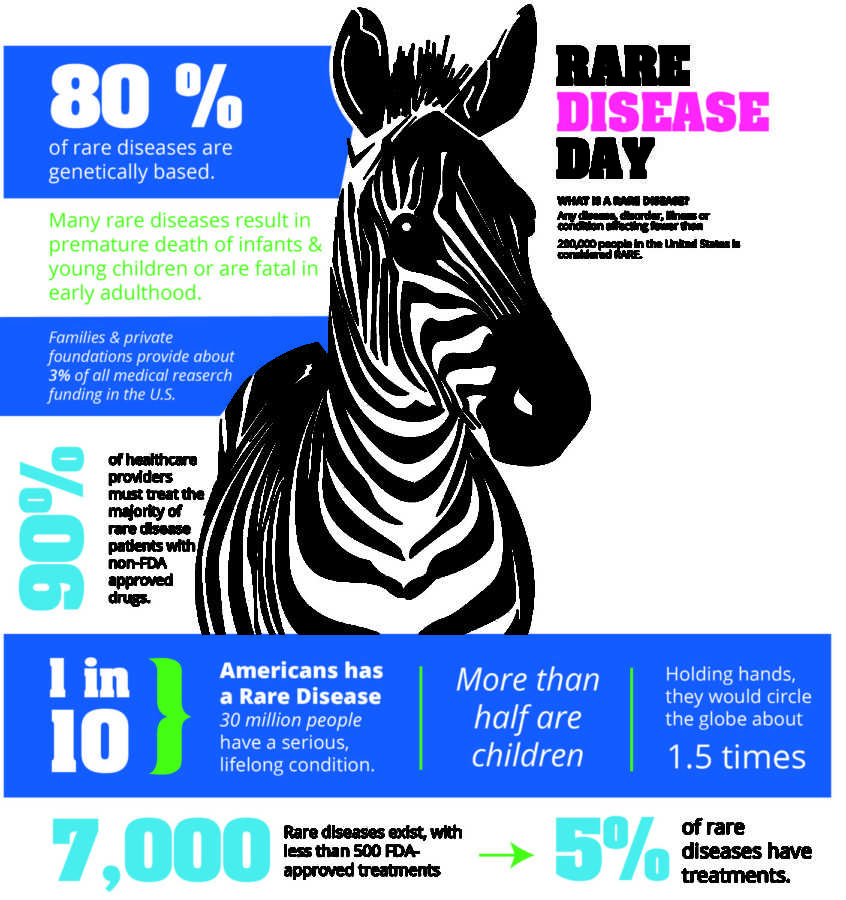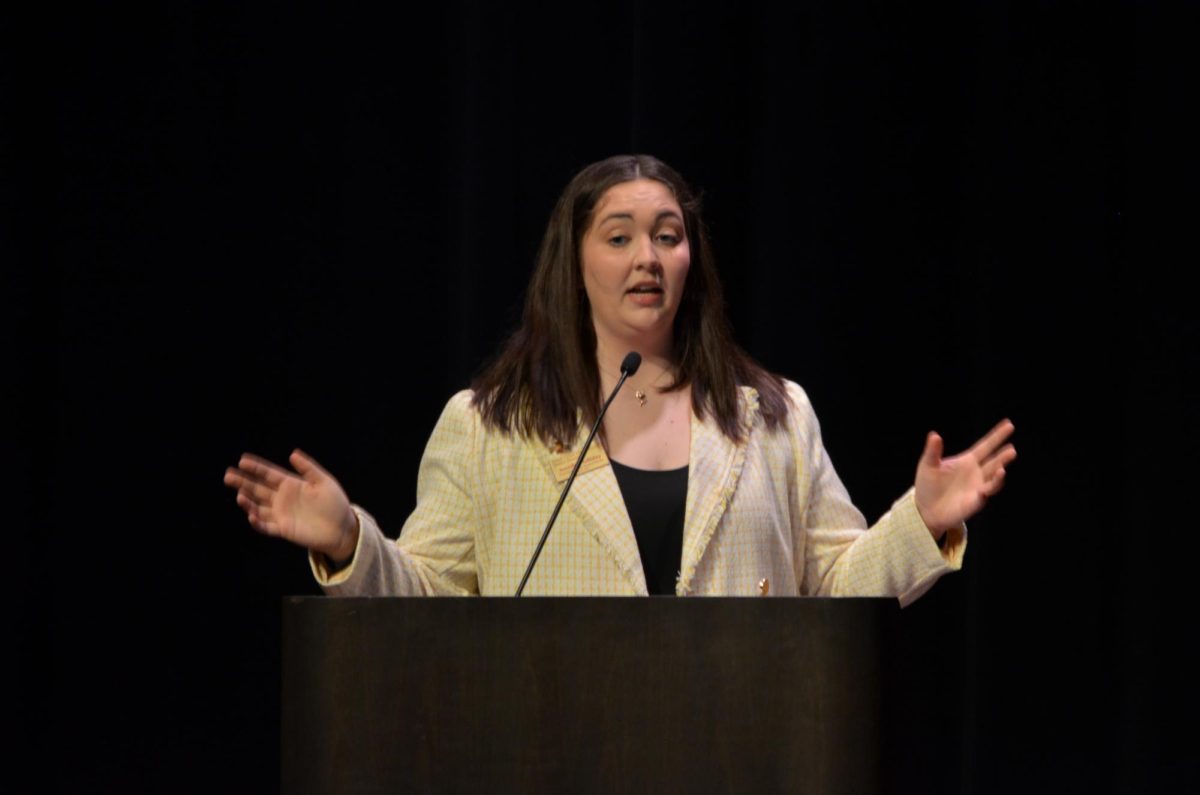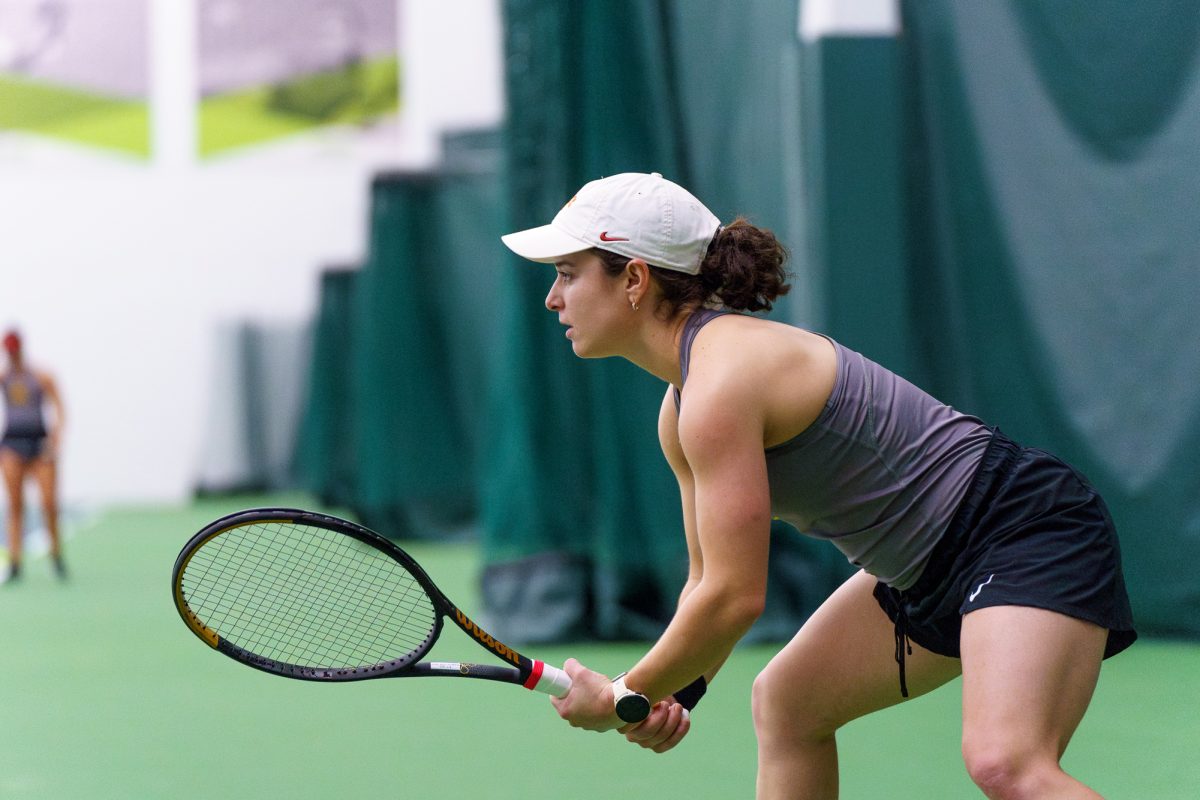Rare Disease Day to raise awareness about rare conditions
Rare Disease Day Graphic
February 27, 2019
On Feb. 28, Rare Disease Day brings awareness to the one in 20 people who live with a rare disease.
A rare disease is defined as any disease, disorder, illness or condition that affects fewer than 200,000 in the United States, according to the National Organization for Rare Disorders (NORD).
There are an estimated 7,000 existing rare diseases and despite the large number of people who have rare diseases, only 5 percent of these diseases have treatments, according to NORD.
“The lack of scientific knowledge and quality information on the disease often results in a delay in diagnosis,” according to the Rare Disease Day website. “Also the need for appropriate quality health care engenders inequalities and difficulties in access to treatment and care. This often results in heavy social and financial burdens on patients.”
Nationally, Rare Disease Day was launched by EURORDIS, a European rare disease organization and the Rare Disease Day Council of National Alliances in 2008, according to the Rare Disease Day website.
The campaign started as a European event and now over 90 countries have participated in both 2017 and 2019, according to the Rare Disease Day website.
Originally the event took place on Feb. 29 because of the “rare” date that only happens once every four years. Now it is celebrated on the last day in February because of the months “rare” number of days.
A zebra is seen as the official symbol of rare diseases in the United States.
“Everyone has his/her own stripes, those characteristics that make each individual distinct,” according to Rare Disease Day. “While each of the … rare diseases are unique, there are many commonalities that unite patients, families, caregivers and supporters.”
At Iowa State, the celebration was started in 2017 by Scarlett Eagle, a junior in genetics who lives with a rare disease.
Eagle has Ehlers-Danlos Syndrome hypermobility type, or hEDS. It has no cure.
The condition causes joint pain and dislocation. Any sort of stress Eagle puts on her body, whether it be walking to class or sitting in a hard chair, causes pain.
“It took me four years to get diagnosed and I’m actually one of the lucky ones,” Eagle said. “My goal is to help people get diagnosed and lack of awareness stands in the of diagnosing, treatment and research.”
This year, Eagle also started a rare disease awareness club that meets monthly and includes presentations from students and community members affected by rare conditions, according to their student organization page.
This year, the Rare Disease Day event will be from 6 to 8 p.m. in the Sun Room of the Memorial Union. Eagle will give a brief overview of rare conditions and then Dr. Stephen Elliott from Blank Children’s Hospital’s Diagnostic Clinic will speak.
“Dr. Elliott has been at Blank Children’s Hospital since 1977 as a pediatric hematology/oncology specialist and also serving patients in general pediatrics and infectious diseases,” according to Blank Children’s Hospital UnityPoint website.
Elliott founded the Central Iowa Pediatrics Club, is a member of the Iowa Oncology Research Association and the North Central Cancer Treatment Group.
Eagle said he will be discussing his personal experience with diagnosing rare conditions in central Iowa.
After the presentation, an open house poster session will showcase 15 specific rare conditions affecting students on campus along with student patient advocates answering questions about their experiences with rare conditions.
Last year, some of the conditions represented included Oculocutaneous Albinism, Ehlers-Danlos Syndrome, Eosinophilic esophagitis, Glioblastoma, Larsen Syndrome, Narcolepsy, Osteogenesis Imperfecta, Phenylketonuria (PKU) and Progressive Familial Intrahepatic Cholestasis.
“Honestly there aren’t that many opportunities as someone with a rare condition to educate people about it so I think this is a really great opportunity just for the patient speakers to have a voice,” Eagle said.
Around 250 people attended last year and Eagle expects there to be even more this year.
“Everyone knows someone who has a rare condition and is affected by this,” Eagle said. “It is one of the most under-severed communities there is because of the lack of awareness.”
















